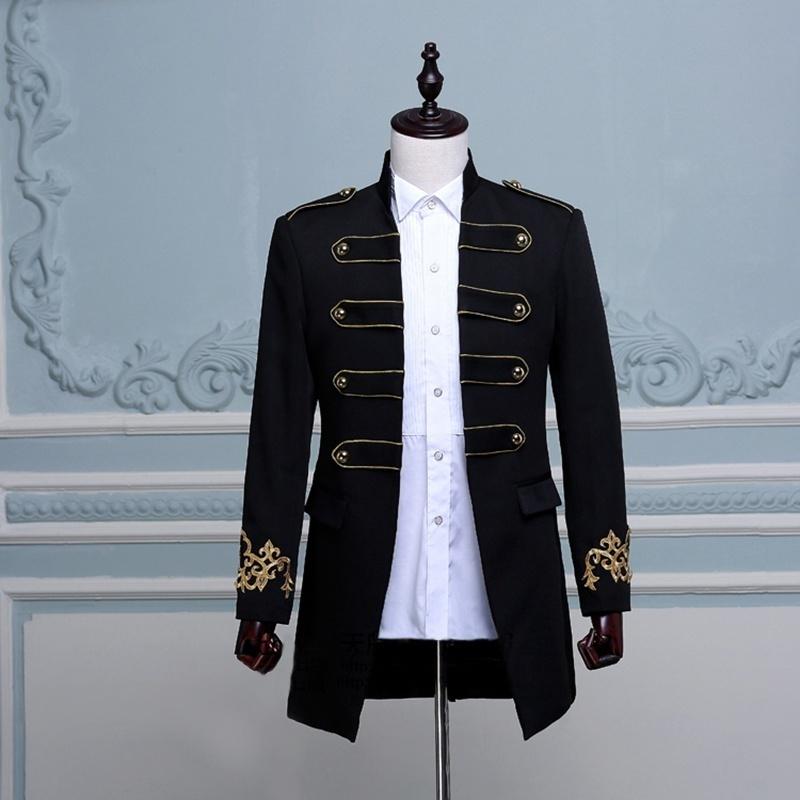Reichguard Uniform
The Reichguard uniform is the standard uniform of the Reichguard.
Manufacturing process
Reichguard uniforms are manufactured from wool, and unique to Holzreich, synthetic black dye.
History
The first Reichguard uniforms were developed for specialist, elite rifle units in 68IE, just prior to the Reich-Farraigen War and following the increasingly common rollout of firearms to the Reichguard. The original natural black dye, made from walnut galls, was extremely costly to produce and impractical for large scale production. As such, the signature black uniforms were reserved for distinguished marksmen outfits that quickly developed a fearsome reputation for their accuracy and lethality with the Reich's enemies.
Following the Holzen chemist Farber von Wollenwoad invention of synthetic dyes in 148IE and quick adoption for noble fashion, Reichguard officials were quick to see an opportunity to capitalise on the fierce reputation of its black wearing riflemen. In 150IE, the first batch of uniforms were produced and issued to Reichguard units. By 160IE, the new black uniform was the most common, standardised uniform of the army.
Significance
The black uniform of the Reichguard has immense symbolic value to both the people of the Holzreich and her enemies. For the Holzen, the uniform symbolises the professionalism and discipline of their nation's people and Armed Forces. To her enemies, it represents a unified, fierce enemy working as one.
The use of synthetic dye to colour the uniform signals the Reich's technological prowess and wealth to her enemies.
Reichguard Officer's Uniform
Creation Date
150IE
Related ethnicities
Owning Organization
Weight
650grams
Base Price
1GP
Raw materials & Components
Tools



